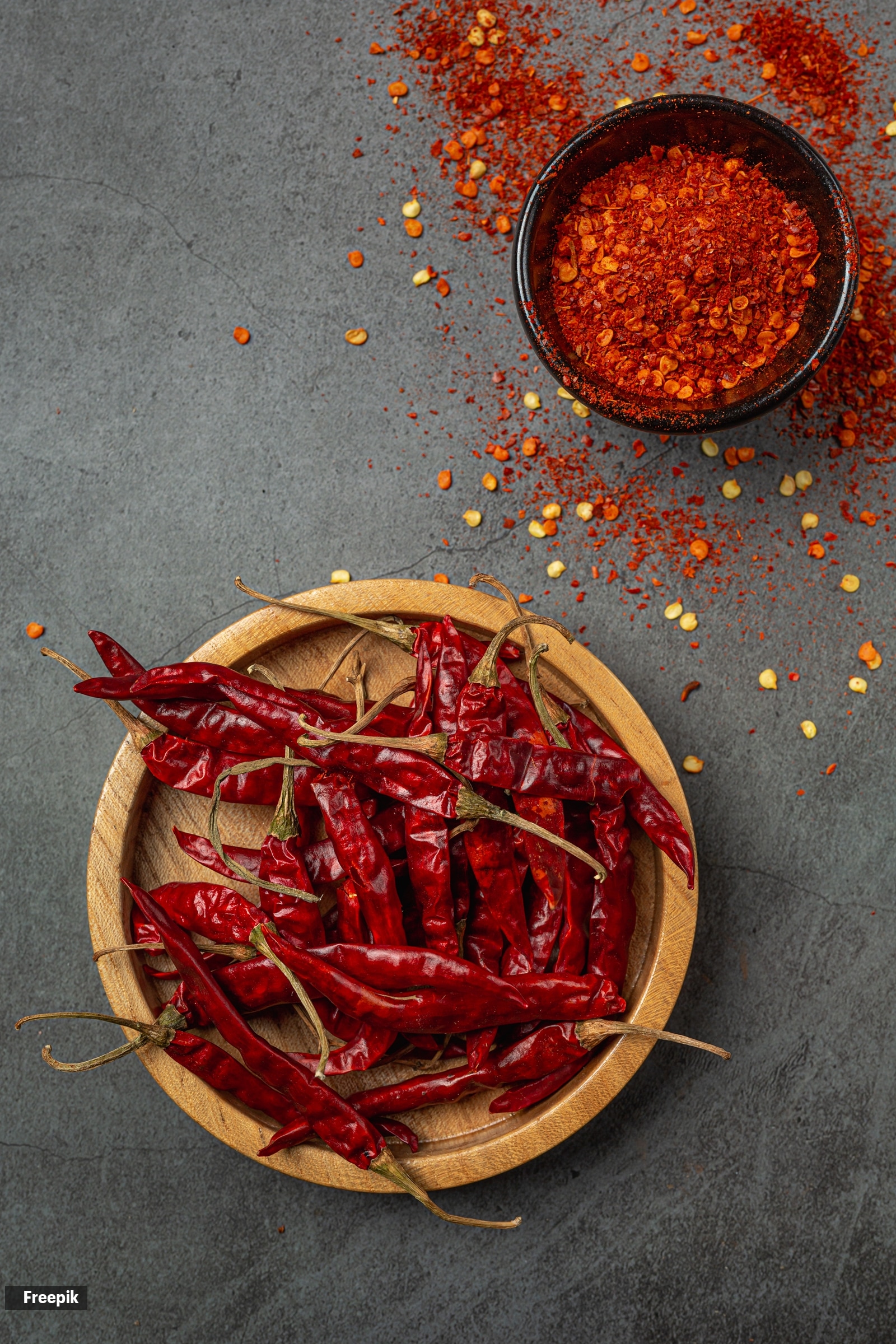One of my favourite places to visit in India — one I’ve been to five times — is Kashmir. Not because there’s a lack of other holiday options, but simply because of the state’s pristine beauty, incredibly hospitable people, and delicious food. My first trip to Kashmir was a family vacation when I was 12, just before militancy struck. At that point, it truly felt like paradise: cool, crisp air, apple orchards, rolling green mountains, and streams so clean we drank directly from them. Over the last decade, I’ve returned several times, and, unsurprisingly, food has been a major part of my travels.
Kashmiri cuisine — Pandit and Muslim — is very different from typical North Indian fare. Kashmiri Pandits are the region’s native inhabitants, many of whom had to flee during the exodus and resettled in cities like Delhi, Jammu, LucknowAllahabad, and Calcutta. Growing up in Calcutta, I had several Kashmiri Pandit school friends — the Atals, Tankhas, Ganjus — whose mothers introduced us to their traditional cuisine from an early age.
Kashmiri Pandit Cuisine is rich, dangerously red, but not spicy, often mildly creamy, cooked in mustard oil, and flavoured with hing (asafoetida), saunth (ginger powder), and saunf (fennel). It typically omits onions, garlic, and tomatoes. The use of dry ginger instead of fresh comes from its limited availability in the Valley. The commonly encountered “Kashmiri food” in restaurants is Kashmiri Muslim cuisine, shaped by Mughal and Afghan influences, and by travellers, saints, and scholars from Central Asia and Persia who left their mark on Kashmir’s culinary history. The Muslim style primarily differs from Pandit food due to the inclusion of onions and garlic.
Staples include rice (batt’e) and yoghurt (zamut dod), both central to meals in Pandit and Muslim households. The rich red of rogan josh comes from dried Kashmiri chillies – larger, milder cousins of what we’re used to outside the Valley – more paprika than fiery red chilli. When I tried to make Kashmiri hook (collard greens), I came across ver, a red spice cake made with chillies, methi (fenugreek), and other spices. You crumble it into the greens as they cook in water. That’s what brings the dish to life.
If you happen to stroll through Srinagar early in the morning or around evening, you’ll pass rows of small local bakeries or wahan. They’re piled high with fresh breads — lavasa (a soft naan with Afghan roots), kulcha (not to be confused with the Punjabi version; this one’s biscuit-like with a savoury-sweet touch), boiler (a Kashmiri version of puff pastry, my personal favourite), and Tel before (a sourdough, oven-baked bagel). These are breakfast staples or evening tea companions.
 The rich red of rogan josh comes from dried Kashmiri chillies – larger, milder cousins of what we’re used to outside the Valley. (Photo: Freepik)
The rich red of rogan josh comes from dried Kashmiri chillies – larger, milder cousins of what we’re used to outside the Valley. (Photo: Freepik)
No visit to Srinagar is complete for me without a meal at Ahdoos. It’s not fancy, but it’s where I indulge in a proper wazwan feast, central to Kashmiri Muslim cuisine and culture. It’s an extravagant spread of meat and chicken dishes, dum aloo, and haak. Finishing it all is a serious challenge. Chor Bizarre in Delhi also serves a lovely wazwan in traditional copper trami platters.
The wazwan is a ritual in itself, prepared by specialist cooks known as wazas. Only freshly slaughtered lamb is used, and meat is carefully portioned — rib cage for tabakh maaz, boneless cuts for kebabs, rista, and gushtaba. Traditionally, it’s all cooked over firewood (wir), never gas. Another hallmark of the cuisine is the meat cuts: large, fatty chunks are prized, never small delicate pieces. You’ll notice this in dishes like rogan josh or yakhnithe fat adds a depth of flavour you simply can’t replicate otherwise.
Story continues below this ad
If you’re keen to try Kashmiri dishes, here’s what I’d recommend. Kaliyae is a personal favourite: fatty lamb pieces simmered with hing, haldi, saunf, and other mild spices in a pale, comforting gravy. Matcz – cylindrical meat kebabs in spiced gravy – may not be my top pick, but it’s a staple, like rogan josh. My top choice, however, is yakhni or yakhina delicate yoghurt-based curry flavoured with fennel and hing, made with sautéed lamb chops. Its subtlety makes it far more appealing to me than the bold, red rogan josh.
If you’re putting health concerns aside for a moment, you must try Kabargahlamb ribs first simmered in milk, water, and spices, then marinated in curd and finally deep-fried in ghee. Unapologetically indulgent.
Vegetarians actually have slim pickings when it comes to Kashmiri cuisine. And I’ve never been a fan of the vegetarian food in Kashmir, but the Pandits do swear by their vegetarian fare. Tsok wangun, which translates to “tangy brinjal” is prepared with pink, long brinjals deep-fried and tempered with hing, and then flavoured with tamarind or lemon and fennel powder.
The only vegetarian preparation I regularly cook is haakh and monk haakh. Main the bat’s (greens and rice) is a staple pairing: collard greens or Knol-Khol (kohlrabi) simply steamed with chillies and hing. It’s served alongside lavish meals, providing a needed counterpoint to the richness. Cottage cheese (manaman) is popular too –– myber manhood is prepared in a curry similar to kaliyae.
Story continues below this ad
This is also the only cuisine where I don’t like the fish preparations. Despite the easy availability of freshwater fish like trout, carp, and rohu, the cooking style – deep-frying and stewing in heavy gravies – tends to overwhelm the fish’s natural flavour. For instance, Mujje Gaad (with turnip) or gaade nadur (with lotus stem) are heavily spiced and cooked in oil-rich sauces.
Lotus Stem (nadir) is more palatable in other forms, either stir-fried as a starter or cooked in yakhni. Muj’e chetin – grated radish mixed with curd, chillies, and salt – is a refreshing side to cut through the meat.
A special mention should be made of dum aloo, not to be confused with alur dum. There is no feast I have been served, at a restaurant or at a home, without the dul alu/olav making an appearance. Potatoes are boiled, peeled, deep-fried in mustard oil, and then cooked in a thick red gravy seasoned with fennel and asafoetida.
Given the harsh winters in Kashmir, there’s a tradition of sun-drying vegetables and fruits. If you visit in summer, look into people’s gardens: you’ll often see tomatoes, brinjals, apples, quince, plums, turnips, gourds, and even fish strung together in garlands to be preserved for the cold months.
Story continues below this ad
There is a reason for the abundant use of mustard oil or ghee in Kashmiri cuisine. This is food designed to keep your body warm and provide you with energy during the cold, snowy months. The flavours and ingredients, though, are so unique and distinct from other cuisines in India, that I would strongly recommend finding a home chef or a restaurant that serves Kashmiri food and trying it out. It’s perfect for winter or when you want to indulge in some heart-warming comfort food.
Next week, we’re flipping the script a bit with a healthy eating special. I’m going to share my handpicked recipes for meat and chicken dishes cooked without oil.

